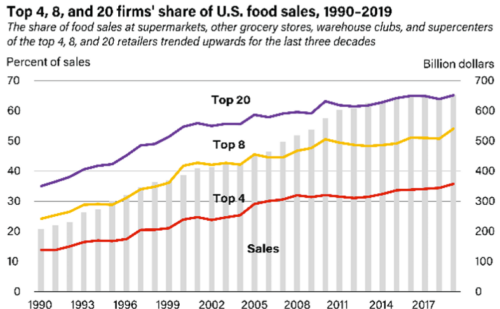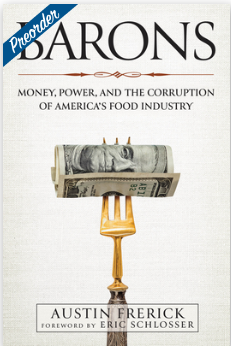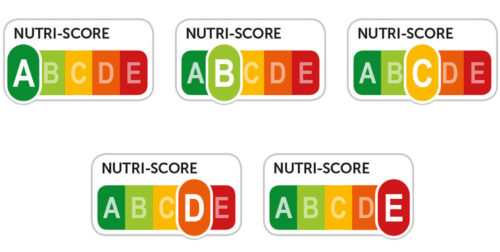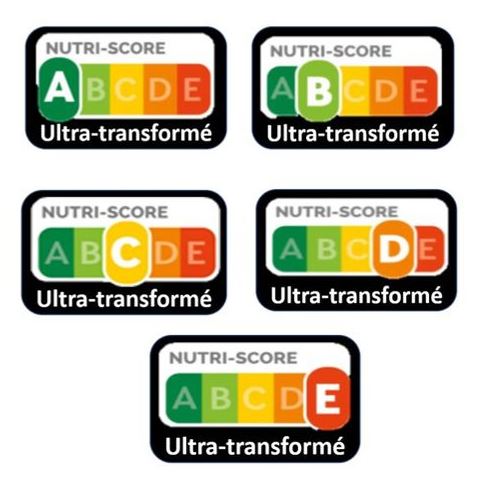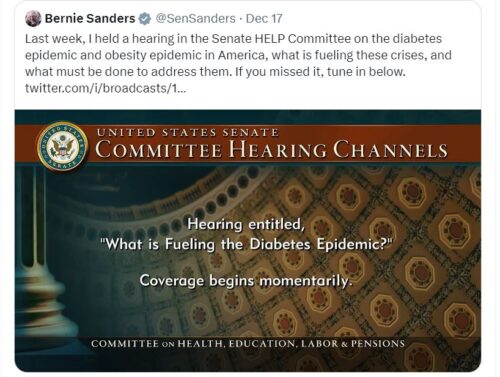What happened to Red Lobster? Hint: private equity.
I came across this provocative headline in Medium (to which I subscribe): Red Lobster was killed by private equity, not Endless Shrimp.
I knew that Red Lobster had filed for bankruptcy and that its all-you-can-eat shrimp were being blamed for it lack of profitability.
Not at all, Cory Doctorow explains. Blame corporate greed.
Ten years of being bled out on rents and flipped from one hedge fund to another has killed Red Lobster…The supplier who provided Red Lobster with all that shrimp is Thai Union. Thai Union also owns Red Lobster. They bought the chain from Golden Gate Capital, last seen in 2014, holding a flash-sale on all of Red Lobster’s buildings, pocketing billions, and cutting Red Lobster’s earnings in half.
…Thai Union continued to bleed Red Lobster, imposing more cuts and loading it up with more debts financed by yet another private equity giant, Fortress Investment Group. That brings us to today, with Thai Union having moved a gigantic amount of its own product through a failing, debt-loaded subsidiary, even as it lobbies for deregulation of American fisheries, which would let it and its lobbying partners drain American waters of the last of its depleted fish stocks.
Healthcare (a disaster), he says, is a “pretty good model for understanding what happened to Red Lobster:”
monopoly power and monopsony power begat more monopolies and monoposonies in the supply chain. Everything that hasn’t consolidated is defenseless: diners, restaurant workers, fishermen, and the environment…places [like Red Lobster] are easy pickings for looters because the people who patronize them have little power in our society — and because those of us with more power are easily tricked into sneering at these places’ failures as a kind of comeuppance that’s all that’s due to tacky joints that serve the working class.
As he says, it’s not a pretty story. But an increasingly common one, alas.

